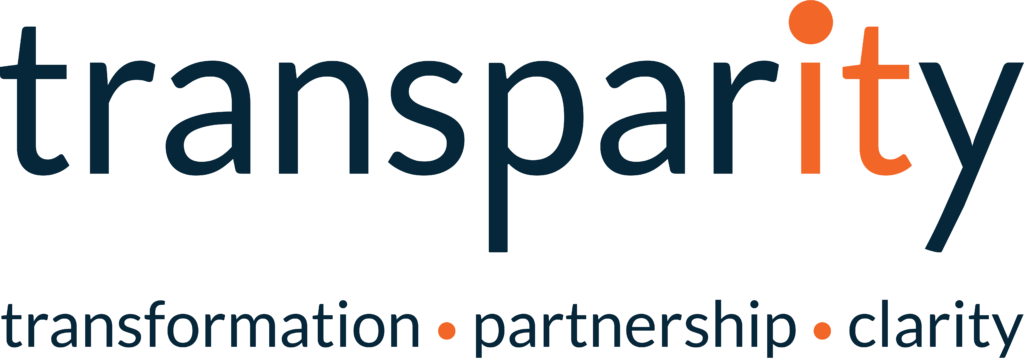What is Azure Virtual Desktop?
Previously known as Windows Virtual Desktop, Azure Virtual Desktop (AVD) is a Desktop and App virtualisation service that runs completely in the Azure public Cloud. Virtualisation is a method of steaming a user’s desktop or application remotely to a device so it can be accessed anywhere. Prior to cloud computing in an on-premises scenario, this was often achieved using technologies such as Remote Desktop Services or Citrix. In a post-pandemic world where remote working is more common, AVD allows users to access work-related applications from their own devices anywhere in the world.
The Benefits of Azure Virtual Desktop
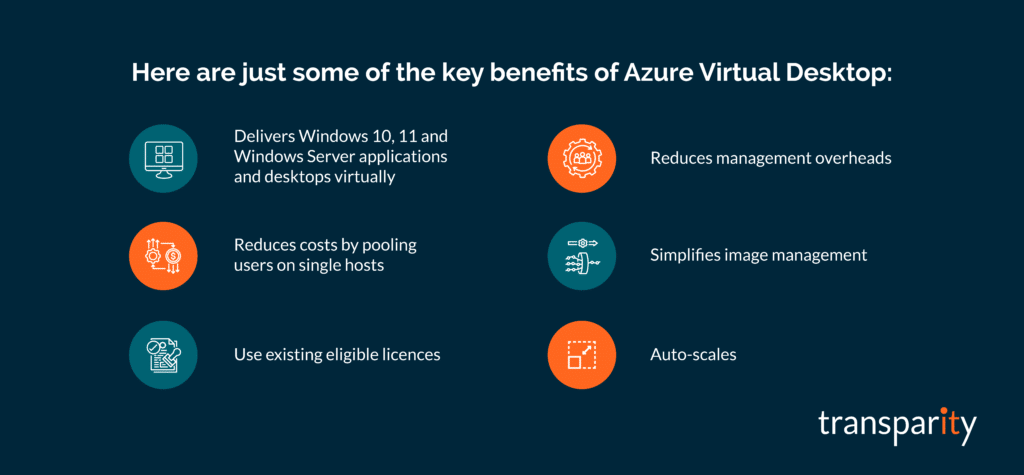
Since its release in late 2019, AVD has continued to add new features and capabilities which has helped it become an extremely useful tool for business and enterprise users all around the world. Some of the key benefits of the solution include:
- Windows 10, 11 and Server OS: It delivers Windows 10, 11 and Windows Server applications and desktops virtually anywhere in the world on Windows, macOS, Android, web clients and more.
- Windows Multi-Session + FSLogix: Reduces costs by pooling users on single hosts using Windows 10 and 11 Multi-Session capabilities. FSLogix can be used to provide roaming profiles on multi-session hosts using Azure Storage. You also have the ability to provide personal persistent desktops to meet specific use cases.
- Licensing: Use existing eligible licenses such as Microsoft Enterprise E3, E5, Microsoft 365 E3, E5, A3, A5, F3 and more.
- Reduce management overheads: Deploy and scale in minutes without the need for Brokers, Gateways or Load balancing traditionally found in legacy VDI solutions, which in turn reduces the management overhead. With AVD you only need to manage images, session hosts, licensing, and identities.
- Simplified image management: Bring your own unique images to meet your application demands or choose pre-built images from a gallery including pre-configured images for use in Windows Office Applications.
- Auto-scaling: Built-in autoscaling and shutdown features drive cost efficiencies when workloads are not being used.
Azure Virtual Desktop Use Cases
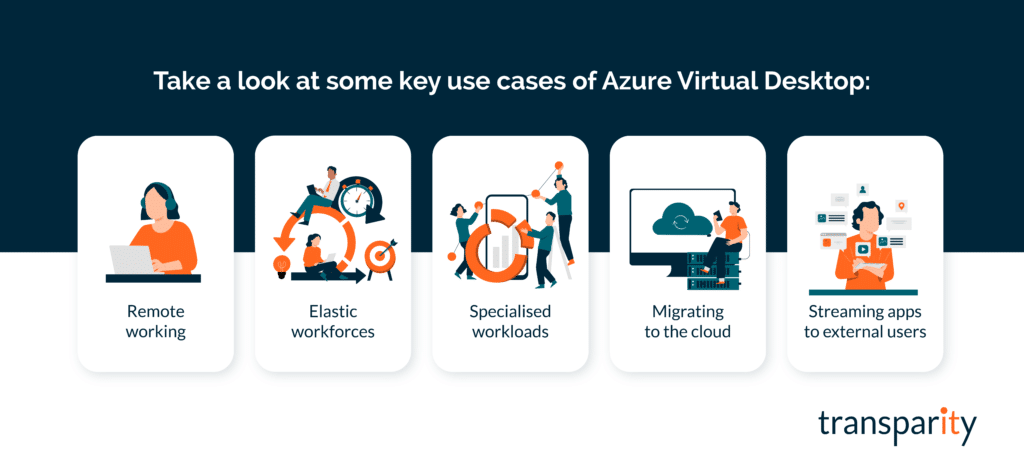
As AVD is provided via various licensing options including the ability to provide external user access via per-user access pricing, the service has a number of use cases, including:
- Remote working: The most obvious use case is the ability to allow your employees to work from home or anywhere in the world from their own device or a company-provided device whilst still getting the same experience they would from an office without the need to procure expensive hardware.
- Elastic workforces: AVD is great for elastic workforce requirements such as remote work, mergers, acquisitions, short-term employees, contractors and partner access.
- Specialised workloads: Via personal desktops, high-performance compute and options such as multi-screen support, AVD can support specialised workloads such as software development, financial applications, 3D modelling, graphics design, CAD and much more.
- Migrate to the cloud: Simplify your migration from traditional VDI solutions such as RDS and Citrix by bringing your current images into Azure and running them in AVD session hosts.
- Stream apps to external users: One benefit to the per-user external licensing option is businesses of all sizes now have the option to use AVD to stream their own applications to external users and customers in scenarios where traditionally the customers would need to host hardware infrastructure to access the application. See a case study of this use case in action.
Optimising for Performance
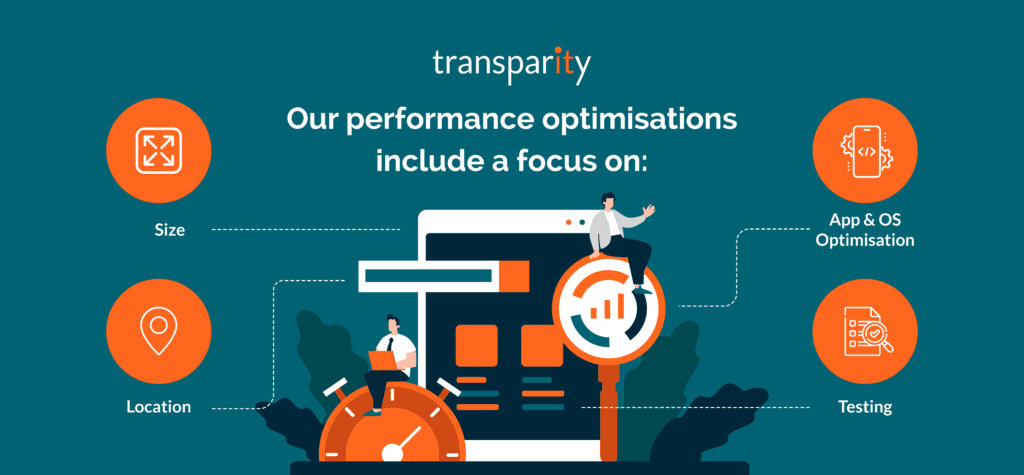
The planning and design phase of any AVD deployment is important to ensure the user experience is as good as possible. The apps and desktop should feel like they are running locally to the user and not from the cloud. There are a few performance-related areas to think about when trying to improve the user experience:
- Location: The region of the Azure AVD Session Hosts and therefore latency will contribute to the overall user experience. This depends largely on where users are based. Plan for your user base, understand locations and use services such as log analytics to view connection quality data for your users.
- Sizing: Sizing VMs in Azure is a balancing act between performance and cost. One big mistake would be to under-provision compute power in a way that greatly decreases the overall performance. Planning and analytics on your users’ current usage will help you plan accordingly.
- App/OS optimisation: When creating images and installing software for AVD hosts, be aware that not all applications will be optimised out of the box. For example, Microsoft Teams requires a number of customisations and registry edits to optimise the overall experience.
- Testing: Take time to test and run POCs before deploying at a large scale. Use the information you have from current usage, user personas and app requirements to help the design decisions early on.
Optimising for Cost
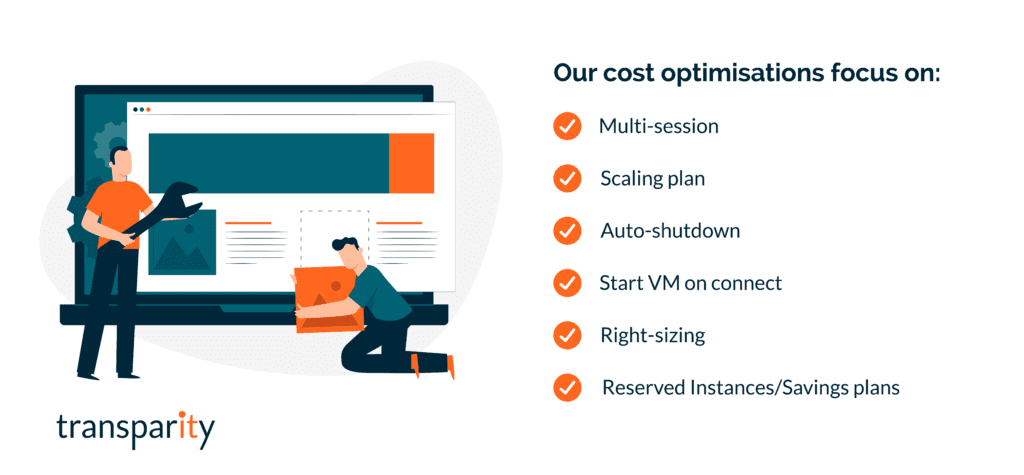
As with many solutions in the cloud, performance is important. However, performance needs to be balanced with cost. As previously covered, the cost for users in AVD is via licensing, many of which organisations will already be using today. An additional cost comes from the AVD service and infrastructure running in Azure, which includes Sessions Hosts, Storage, Logging, Backups and Networking.
Licencing costs are easier to predict than the infrastructure, but with correct planning and an understanding of the available features you can optimise for costs. Some key areas to think about when balancing cost with performance include:
- Multi-Session: With AVD you have the ability to spread multiple users on Windows 10/11 hosts using multi-session capabilities. Be sure this meets the requirements of the users and apps. In many cases, multi-session is possible and will save costs, not just on the number of session hosts but also by reducing management overhead.
- Scaling plan: The Azure Virtual Machine session hosts will contribute to at least 70% of your overall Azure infrastructure costs. Therefore, controlling the number of session hosts will greatly optimise your spend on AVD. Scaling Plans give you the ability to scale session hosts either up or down based on the time of the day, days of the week or session limits. Configuring this correctly will ensure you are providing just the exact amount of compute required and thus optimising costs.
- Auto-shutdown: For simpler AVD deployments with more predictable working hours, shutting down the Virtual Machines will help with costs. A business requiring a small number of session hosts with a usage time of 9-5 Mon to Friday will benefit from simply switching the hosts off during out of hours. More complex environments would likely need Scaling Plans.
- Start VM on connect: One handy feature to optimise the user experience alongside the reduction of costs is ‘Start VM on Connect’. This allows users to turn on their session hosts only when they need them. If a user does want to work over a weekend or in the evening, this feature will allow you to schedule shutdown but still provide a method of accessing the desktop. Obviously, an increased connection time is needed as it waits to start the VM but the users are made aware of this when connecting.
- Right-Sizing: Session hosts sizing and the compute resources (vCPU/Memory) you assign to each user largely depend on workload requirements and specific use cases. However, as with all VMs in Azure, ensure you size them correctly and try to avoid over-provisioning compute resources.
This becomes especially important when delivering personal desktops to your users instead of pooled as the number of session hosts you require to manage and therefore pay for increases significantly. Before deploying, estimate resource requirements based on current usage. Once you have provided a host, use logging and monitoring to understand real-world compute requirements and re-size accordingly.
- Reserved Instances / Savings plans: As with any VM in Azure, Sessions Hosts gain huge cost savings via Reserved Instances or Saving Plans. Reserved Instances (RI) allow you to save by committing to spend over a 1 or 3-year period.
Saving Plans allow the reduction in cost by committing to spending a fixed hourly rate over a 1 or 3-year period. Using the above plans can save up to a whopping 72%. As always with these offers, it doesn’t always stack up on top of other cost-saving optimisations, especially reserved instances. Ensure the plans make sense, they are largely aimed at resources that run 24 hours per day and with no plans to be decommissioned in the next few years. For example, if a VM is assigned an RI you won’t benefit from shutting it down as you’ve already committed to the spend on it running 24/7. RI’s benefit business whereby session hosts are always going to run.
Four Key Takeaways
Azure Virtual Desktop has become an extremely popular service over the last few years and with the increase in remote working, this isn’t likely to change. As discussed in this blog, the increase in performance alongside the reduction of management overheads is significant compared to traditional VDI solutions, thus making this a no-brainer for companies looking to empower their users via the public cloud. To conclude this blog post, some key takeaways for AVD include:
- It scales easily: The ability to scale on-demand and save costs is one of the biggest drivers for organisations moving to the public cloud and AVD is no exception. Utilise AVD scaling plans to optimise costs and user experience.
- Understand your users: Although arguably relevant to any technical deployment, ensure you really understand your users and their individual workload requirements to really benefit from everything AVD has to offer. Use monitoring and logging information to drive decisions and changes to the deployment.
- You could already be licensed: Many of the organisations Transparity speaks to already have AVD-eligible user licensing in place. You can be up and running with a POC in no time and test drive the service yourself.
- Reduce management overhead: With zero requirements for management brokers, licensing servers or load balancing, the reduction of management overhead is huge compared to traditional on-premises VDI solutions such as RDS or Citrix. Let your IT teams pivot to focus on adding value and improving user experience instead of keeping the service up and running.
Azure Virtual Desktop with Transparity's Azure Experts
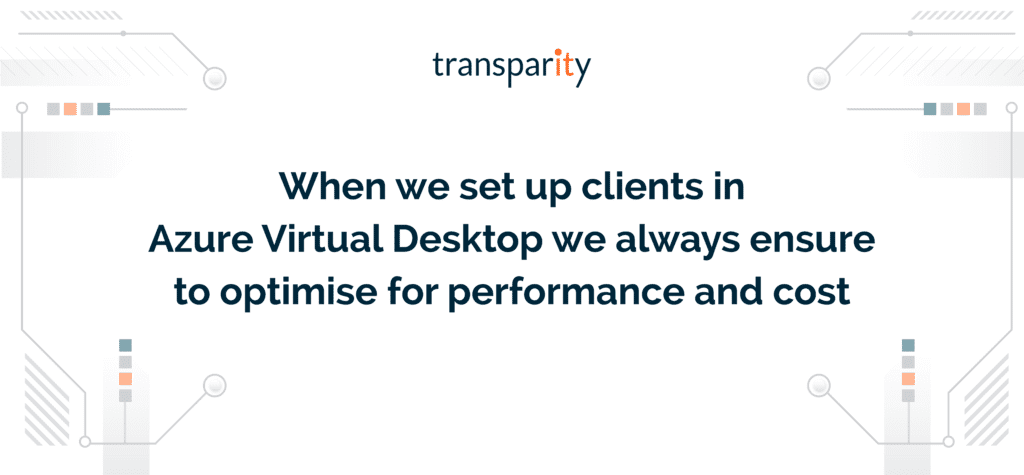
With a team of experts dedicated to infrastructure and the Azure cloud, our specialists are knowledgeable and experienced and at implementing Azure Virtual Desktop. If you are wondering if this is right for you, why not get in touch and find out how we can help.
Or check out our Azure Virtual desktop case studies:
